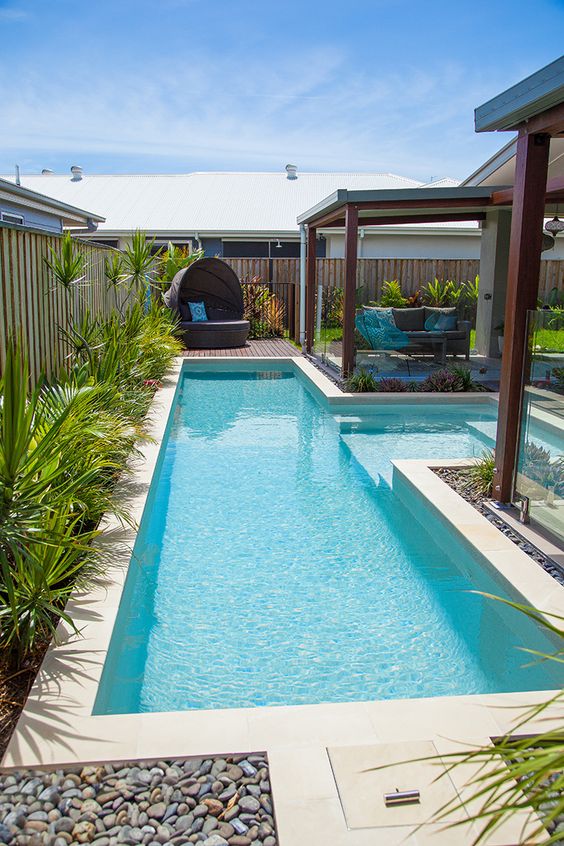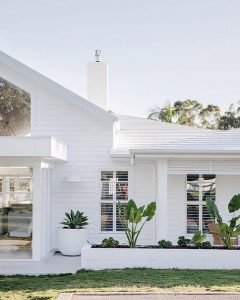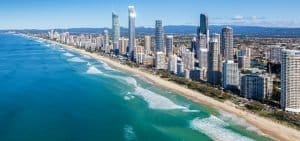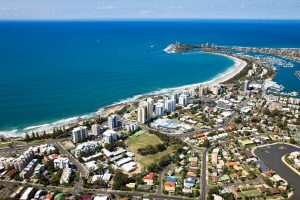Warmer weather has arrived and you probably can’t wait to take a cooling dip in your swimming pool – but is your pool ready for you?
Poolside fun is one of the very best things about summer, but after its winter hibernation, your pool will need a little TLC to get it clear, sparkling, safe and ready for the new season.
You might want to consider these tips to get your home prepared before December rolls around.
Clear the decks
You’ll need to get rid of any accumulated debris in and around the pool first and make sure that your pool cover is clear of fallen leaves, dirt etc. before removing it. Use a leaf rake or skim net to remove any solid waste from the water and brush the walls and floor to remove algae or grime. You’ll also need to clean out the skimmer basket and wash out the filter to ensure that it doesn’t get clogged up.
Top up the water level
You may find that the water level has dropped over the winter, so give your pool a top up and let the water circulate for at least eight hours before adding any chemicals. This allows the old and new water to combine.
Check all the equipment
You need to ensure that all the parts are in good working order and haven’t deteriorated or been damaged during winter. Check that the filter system (including the cartridge), pump, strainer basket, pipes, valves, rings, lights, drain cover, gate and pool fencing are all working properly so that the pool will be sparkling clean and inviting, as well as safe.
Chemical conditioning
Balancing the water chemistry is the most important part of getting your pool ready for summer and treatment will depend on how clean your pool is and how vigilant you’ve been with your off-season maintenance. There are plenty of easy-to-use products that do the work for you and you just need to follow all the instructions and recommendations carefully. Remember though, only test the water after you’ve let the motor run for at least eight to 12 hours.
Things you need to test include the alkalinity of the pool (which should sit between 60 – 120 parts per million), the pH (which should be between 7.2 and 7.6), the calcium hardness (between 150 and 250 ppm) and the level of stabiliser (acid) in the water. You also need to see whether algaecide or chlorine is needed (level should be between 1.5 and 3 ppm) and if you have a saltwater chlorinated pool, you’ll need to test the salt levels (ideally at or just above 5 000 ppm).
Shock treatment
Sometimes, you need to give your pool a little ‘shock treatment’ in the form of an oxidiser, which raises the chlorine levels beyond 5 ppm to get rid of all the dead algae, bacteria and the numerous skin cells in the water. You can either do it yourself regularly during summer or get an ozone generator that shocks the pool continuously – but remember to choose one that’s right for your particular pool filter system.
Spruce up the exterior
Sparkling clean water isn’t the only important aspect of a summer-ready pool. It’s just as crucial to making sure that the surrounds look good and that they complement the swimming pool. Yes, a bit of elbow grease may be required but it’s really worth scrubbing the pavers, oiling or re-coating the deck, cleaning up the grouting, tidying up any unruly or overhanging shrubs and trees, planting up outdoor pots with some pretty flowers or greenery and maybe even spoiling yourself with some new sun loungers to create an inviting and attractive space around your pool. If you have a tropical landscape it is worth contacting a professional to help get rid of mosquitoes so you can enjoy the evenings around the pool in comfort.
Check your Pool Temperature
If your pool is shaded most of the day, you may find that even through its hot outside, your pool wont’ be swimmable until well into summer. This can be resolved by consulting with a pool heating company to find the best option to extend your swimming season.
Once you’ve made the initial effort to get your pool into peak condition for summer entertaining, it’ll be so much easier to keep it looking good throughout the season.










